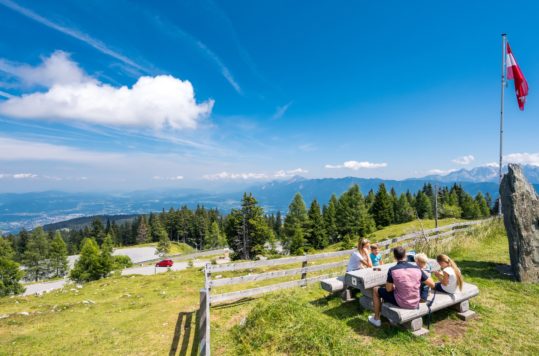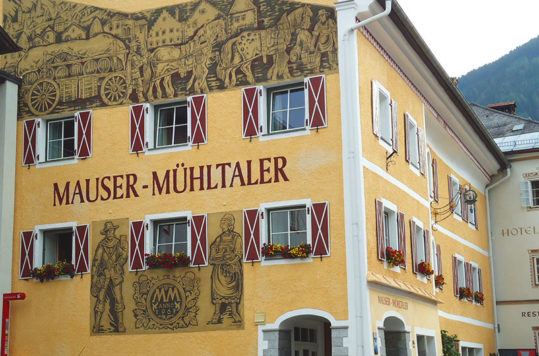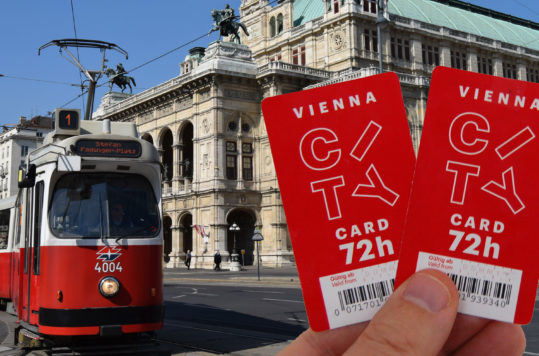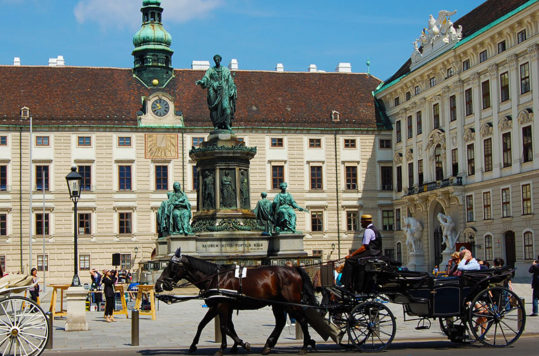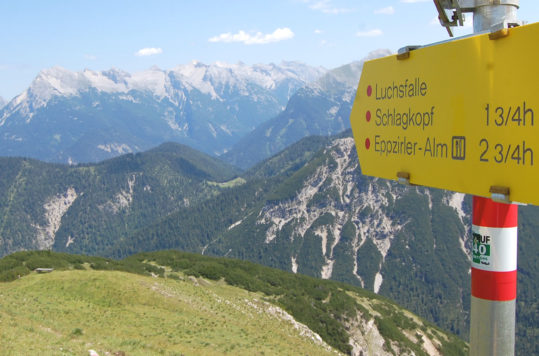Austria is home to 12 UNESCO World Heritage Sites, each offering breathtaking architecture, stunning landscapes, and deep cultural history.
Whether you’re exploring imperial Vienna, the alpine wonders of Hallstatt, or hidden medieval fortresses, this guide unveils the best-known landmarks and secret treasures of UNESCO World Heritage Sites in Austria.
1. Historic Centre of Vienna
Vienna’s historic centre is a masterpiece of imperial grandeur, featuring must-see landmarks like the Hofburg Palace, St. Stephen’s Cathedral, and the Belvedere Palace. For a hidden gem, visit the Jesuit Church, a stunning Baroque sanctuary with illusionistic frescoes and a richly decorated interior. Wandering through the Spittelberg Quarter offers charming cobblestone streets lined with independent boutiques and cosy cafes.
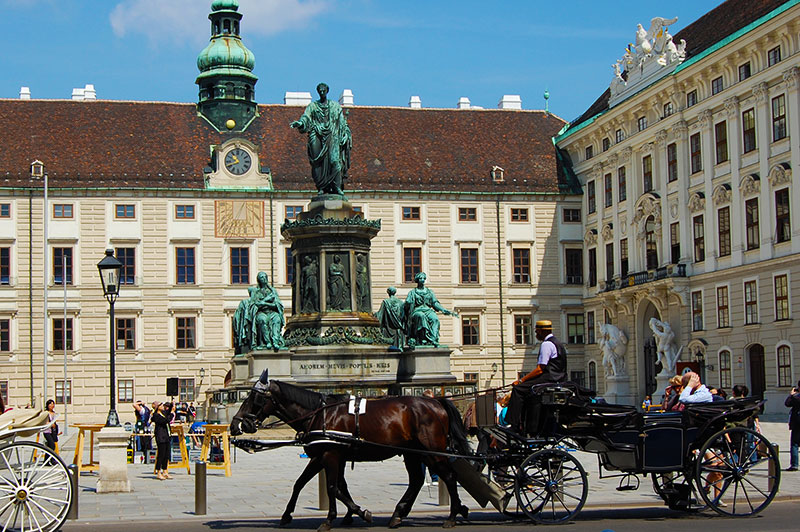
2. Historic Centre of Salzburg
Salzburg, the birthplace of Mozart, is famous for the Hohensalzburg Fortress, Mirabell Palace, and its enchanting Old Town. But beyond these, the St. Peter’s Abbey Complex, including the ancient cemetery and catacombs carved into Mönchsberg, offers a peaceful retreat steeped in history. For an off-the-beaten-path experience, explore Hellbrunn Palace, known for its trick fountains and vast gardens.
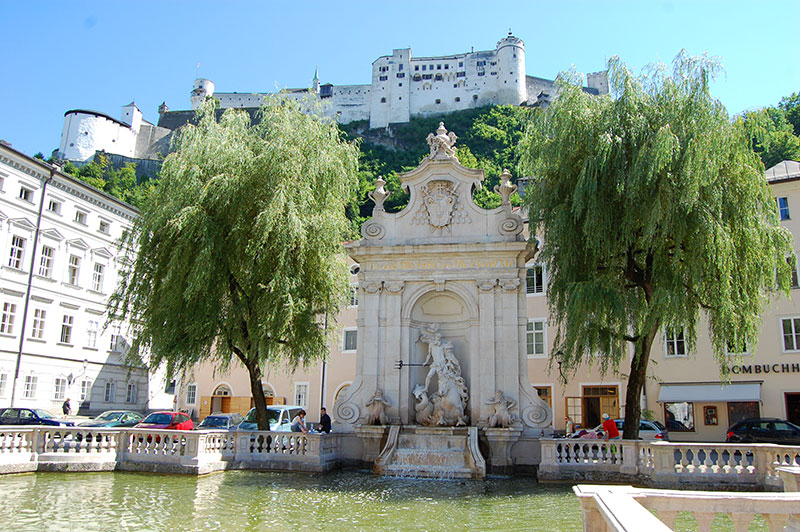
3. Palace and Gardens of Schönbrunn
The grandeur of Schönbrunn Palace, once the Habsburgs’ summer residence, attracts millions. While the Gloriette Pavilion provides stunning city views, the lesser-visited Palmenhaus (Palm House) is a hidden paradise, housing exotic plants in an elegant glass structure. Don’t miss the Schönbrunn Zoo, the world’s oldest zoo and a haven for conservation efforts.
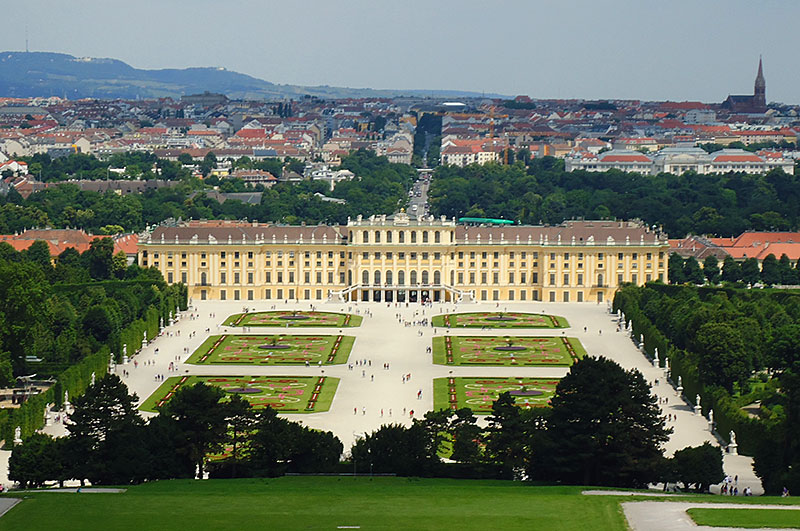
4. Hallstatt-Dachstein/Salzkammergut Cultural Landscape
Hallstatt is a picturesque lakeside village famous for its salt mines and Hallstatt Skywalk, offering panoramic views. For something unique, visit the Hallstatt Ossuary (Bone House), where intricately painted skulls reveal an old tradition of honouring the deceased. Hiking the Dachstein Ice Caves leads to surreal frozen landscapes deep within the mountains.
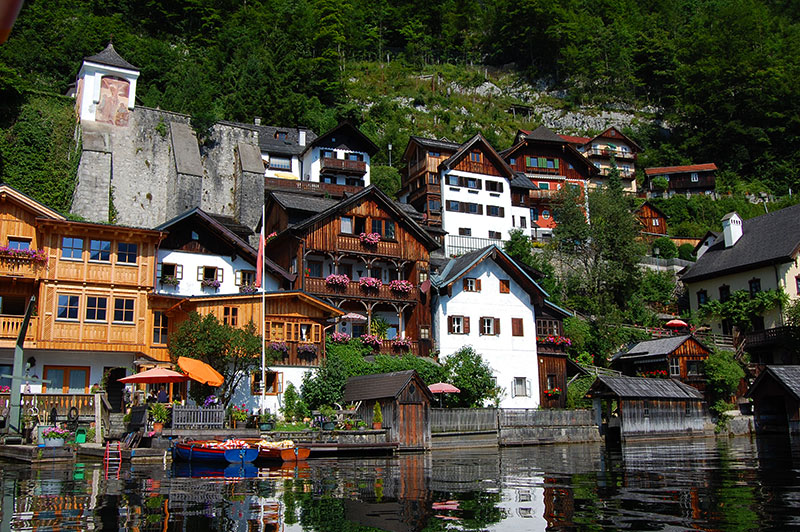
5. Semmering Railway
One of the world’s first mountain railways, the Semmering Railway offers breathtaking alpine views. While the journey itself is famous, a lesser-known highlight is the Kalte Rinne Viaduct, a stunning stone bridge providing perfect photo opportunities. The 20-Schilling View, named after its depiction on Austria’s old currency, is a hidden spot for the best panoramic shots.
6. City of Graz – Historic Centre and Schloss Eggenberg
Graz blends Renaissance and Baroque styles, with the Schloss Eggenberg Palace being a top attraction. However, the Landeszeughaus, the world’s most significant historic armoury, is a hidden gem for history lovers, showcasing over 32,000 pieces of medieval weaponry. For a scenic escape, head to Schlossberg Hill, home to the Clock Tower and panoramic city views.

7. Wachau Cultural Landscape
The Wachau Valley is renowned for its terraced vineyards, charming villages, and medieval castles like Dürnstein Castle. A hidden treasure here is Aggstein Castle Ruins, offering an off-the-beaten-path fortress experience with breathtaking views of the Danube River. Wine lovers should visit Spitz, a small village known for its authentic wine taverns and locally-produced Riesling.
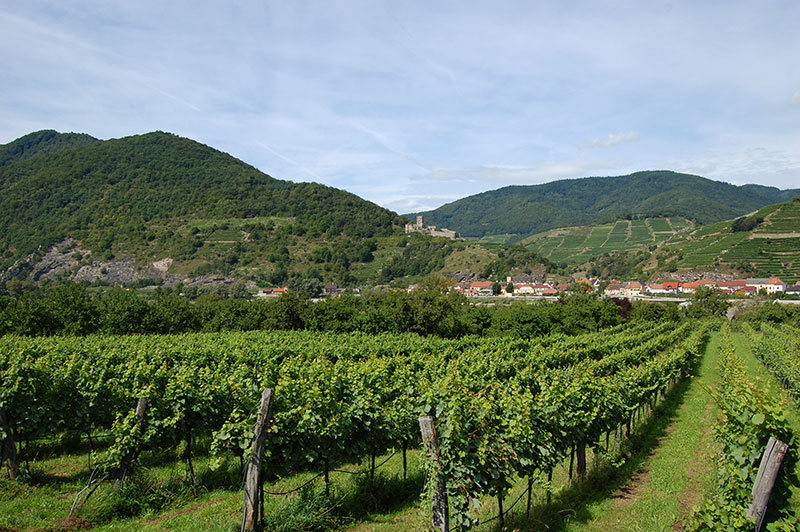
8. Fertö/Neusiedlersee Cultural Landscape
This cross-border site with Hungary is famous for its Neusiedler See, a vast steppe lake with a unique ecosystem. A hidden gem in this region is Rust, a beautifully preserved town with historical wine cellars and charming stork nests atop rooftops. For nature lovers, the National Park Neusiedler See-Seewinkel offers birdwatching opportunities with rare species.
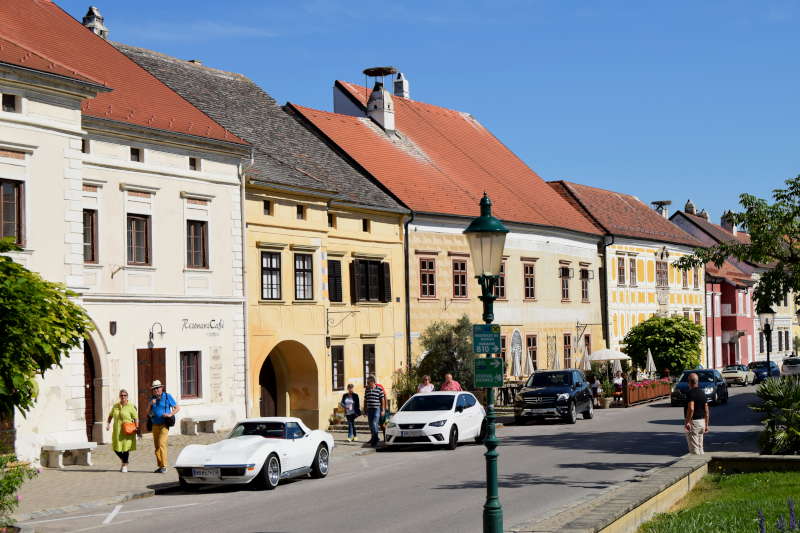
9. Prehistoric Pile Dwellings around the Alps
These ancient stilt house settlements offer insights into early human civilization. While the site is scattered across multiple lakes, the Mondsee Lake Museum provides an interactive way to explore the history of these prehistoric dwellings. Visiting the excavation sites near Attersee offers a deeper connection to Austria’s ancient past.
10. Great Spa Towns of Europe – Baden bei Wien
Baden bei Wien is a historic spa town famous for its Römertherme Thermal Spa. Beyond the famous baths, the Kurpark (Spa Park) is a serene retreat with beautifully landscaped gardens, historic monuments, and classical concerts. The Beethoven House, where the composer wrote parts of his Ninth Symphony, is a must-visit for music enthusiasts.
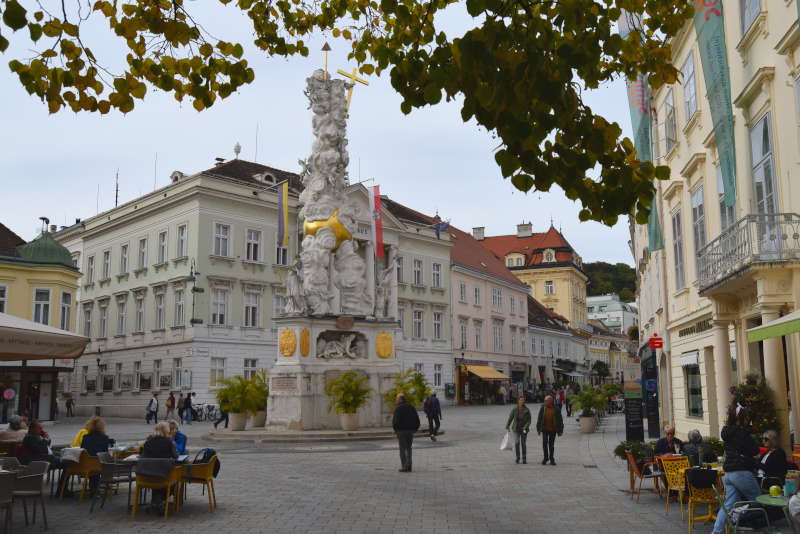
11. Ancient and Primeval Beech Forests of the Carpathians
Austria contributes pristine beech forests to this transnational UNESCO site. The Wilderness Area Dürrenstein-Lassingtal is one of the most untouched nature reserves, perfect for hiking and wildlife spotting. For a more accessible experience, the Wilder Kaiser region offers well-marked trails through ancient woodlands with breathtaking alpine scenery.
12. Hallstatt-Dachstein/Salzkammergut Alpine Region
This region is recognized for its cultural and natural significance and offers stunning alpine landscapes. The Dachstein Ice Caves provide a surreal underground experience with frozen waterfalls and glittering ice formations. For an unforgettable adventure, take the Dachstein Suspension Bridge and Stairway to Nothingness, which offer thrilling views from 400 meters above the valley floor.
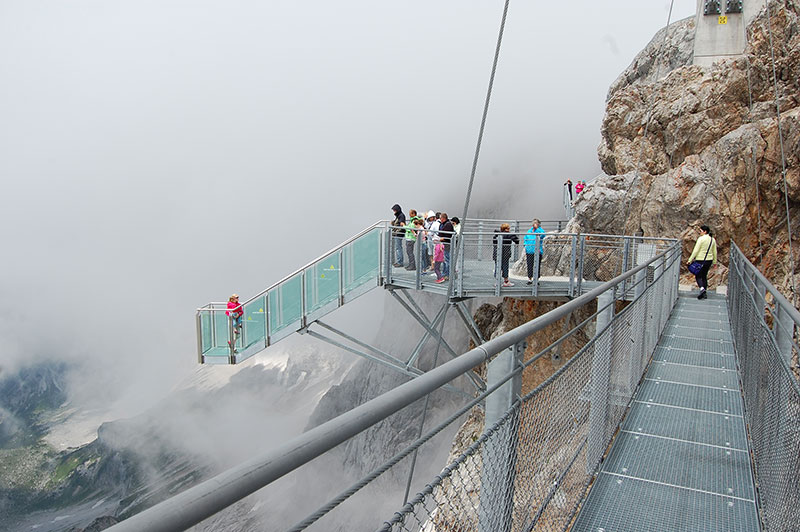
Conclusion
The UNESCO World Heritage Sites in Austria perfectly blend well-known landmarks and hidden gems. Whether you’re exploring Vienna’s cultural elegance, hiking through the alpine forests, or uncovering prehistoric secrets, these sites promise an unforgettable journey through Austria’s rich heritage.
Looking for more travel inspiration? Browse our in-depth guides on Austria’s top destinations and travel tips!

